Gold Ore All-Slime Cyanidation Process
All-slime cyanidation gold extraction process is one of the important process methods for gold extraction. The gold ore full-slime cyanidation process can be divided into six stages: crushing and screening, grinding and gravity separation, secondary classification, dedusting and pulping, cyanidation leaching, and desorption electrolysis.
1. Crushing and screening work
Gold raw ore enters the jaw crusher through the feeder for coarse crushing. The coarsely crushed products are transported by the conveyor into the vibrating screen for screening. The ore particles that meet the requirements enter the powder silo for storage. Unqualified ore particles are returned to the cone crusher for re-crushing. After that, the ore discharged from the cone crusher and the ore discharged from the jaw crusher enter the screening machine together for processing. Such a two-stage one-closed-circuit crushing and screening operation can reduce the over-crushing of ore, improve the working efficiency of the crusher, and also separate useful minerals and gangue minerals as much as possible.
2. Grinding and gravity operations
The material stored in the silo enters the ball mill through the screw conveyor for grinding, and part of the products after grinding has achieved the monomer dissociation of concentrate and gangue minerals. In order to avoid the waste of materials caused by over-grinding, the combined gravity separation process can be used to separate some gold ore particles in advance.
The products after grinding enter the jig for a re-election. The overflow part goes into the pump box for storage. The underflow part is pumped into the shaker by the slurry pump for secondary to tertiary reselection to obtain gold particles.
3. Gold mine secondary grading operation
The underflow products of the desliming bucket enter the pump box together with the overflow part of the jig for storage, and then enter the hydrocyclone for a classification operation. The overflow part is pumped into the hydrocyclone group for secondary classification. Both the hydrocyclone and the underflow part of the hydrocyclone group will return to the ball mill for re-grinding.
4. Gold mine removal and slurping operation
In order to avoid wood debris from affecting the leaching effect, it is necessary to use a chip removal screen for pulp treatment. The pulp mixing operation is mainly carried out in the thickener. In order to meet the cyanidation reaction conditions, the concentration of the pulp should be controlled at 35%-38%, and its pH value should be kept at 10-11 for the best.
5. Cyanide leaching operation
The pulp flowing out from the bottom of the thickener is pumped into the leaching tank by the slurry pump for pre-dipping. The prepreg stage mainly controls CN-concentration, oxygen content, and inflation pressure. By adjusting each air valve, it is more appropriate to make the surface of the pulp evenly disperse the air bubbles with a diameter of about 5-10mm.
6. Desorption and electrolysis of leachate
The desorption operation of the gold mine is mainly carried out in the desorption column. During desorption, the washed gold-loaded carbon was loaded into the desorption column, and then an aqueous solution of NaCN and NaOH was added to immerse the carbon layer. The method for recovering gold from gold-rich desorbent is mainly electrolysis.


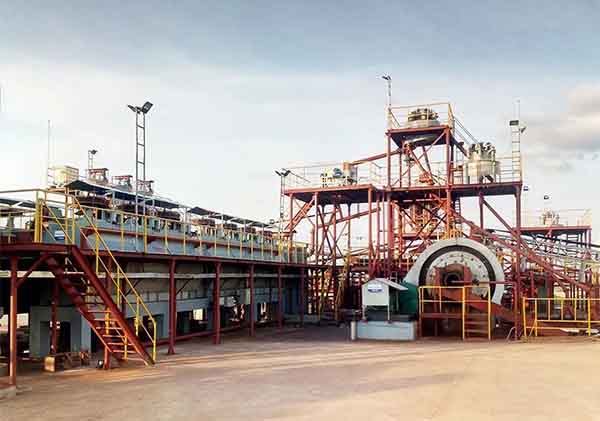
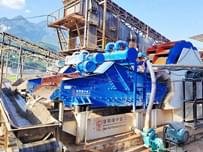
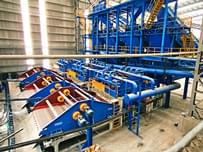
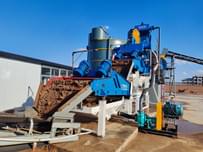
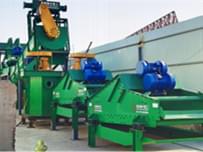
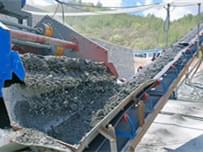
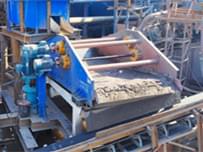
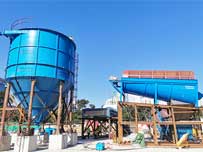
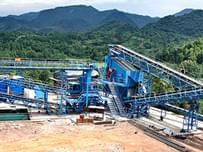




Send Message
Please write down your requirement and contact details in the following form. You can also send a message to us by this email export@lylzzg.com, we will reply to you within 24 hours.